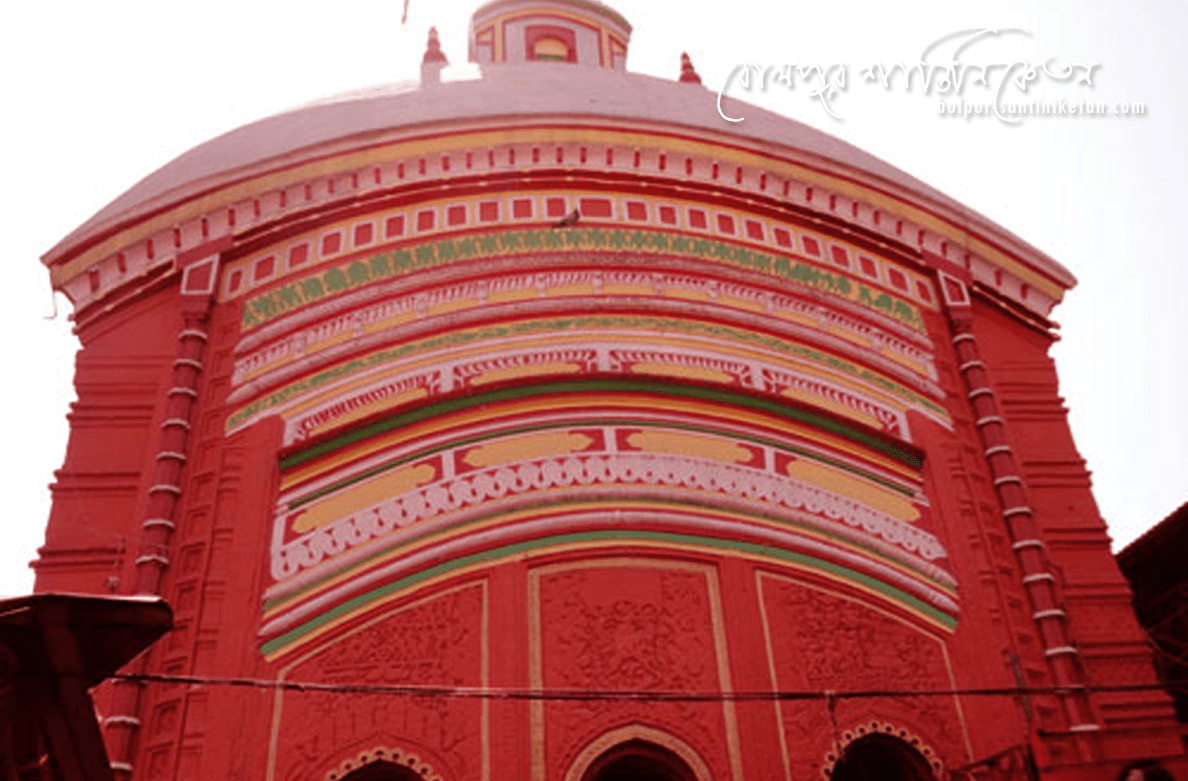Best Time to Visit Bolpur Santiniketan – Plan Your Perfect Trip
Wondering about the best time to visit Bolpur Santiniketan? Nestled in West Bengal’s Birbhum district, this cultural haven offers a unique experience year-round, blending nature, heritage, and vibrant festivals. Whether you’re drawn to Rabindranath Tagore’s legacy, the serene beauty of the Kopai River, or the bustling Poush Mela, timing your trip right can make all the difference. Let’s explore the ideal seasons and months to visit Bolpur Santiniketan for an unforgettable getaway.
Overview of Bolpur Santiniketan’s Seasons
Bolpur Santiniketan enjoys a subtropical climate with three distinct seasons: winter, summer, and monsoon. Each season brings its own charm, making it a versatile destination for travelers. Here’s a breakdown to help you decide the best time to visit Bolpur Santiniketan based on weather, events, and activities.
Winter (October to February) – The Peak Season
- Weather: Pleasant, with temperatures ranging from 10°C to 25°C.
- Why Visit: Winter is widely considered the best time to visit Bolpur Santiniketan due to its cool, comfortable climate—perfect for sightseeing and outdoor exploration.
- Highlights:
- Poush Mela (December): A vibrant cultural fair at Visva-Bharati University showcasing folk music, handicrafts, and local cuisine.
- Basanta Utsav (February/March): Celebrate Holi with Tagore’s artistic flair in a colorful spring festival.
- Clear skies and mild days ideal for visiting Tagore’s Ashram, Sonajhuri Haat, and Ballavpur Wildlife Sanctuary.
- Travel Tip: Book accommodations early, as this is peak tourist season.
Monsoon (June to September) – Nature’s Paradise
- Weather: Humid and rainy, with temperatures between 25°C and 35°C.
- Why Visit: If you love lush greenery and fewer crowds, monsoon is a magical time to visit Bolpur Santiniketan. The Khoai region and Kopai River come alive with verdant landscapes.
- Highlights:
- Stunning views of the red soil contrasting with green forests.
- Affordable stays and serene, uncrowded attractions.
- Travel Tip: Carry rain gear and be prepared for occasional travel disruptions due to heavy rain.
Summer (March to May) – A Quiet Retreat
- Weather: Hot and dry, with temperatures ranging from 30°C to 40°C.
- Why Visit: Summer is the off-season, offering budget-friendly travel and a peaceful experience for those who don’t mind the heat.
- Highlights:
- Explore indoor attractions like Kala Bhavana and Tagore’s museum comfortably.
- Fewer tourists mean a more relaxed visit to local markets.
- Travel Tip: Stay hydrated and plan outdoor activities for early mornings or late afternoons.
Month-by-Month Guide to Visiting Bolpur Santiniketan
To pinpoint the best time to visit Bolpur Santiniketan, here’s a quick monthly overview:
- October-November: Cool weather, ideal for nature walks and cultural exploration.
- December: Festive vibes with Poush Mela—perfect for culture enthusiasts.
- January-February: Chilly mornings and pleasant days, great for all activities.
- March: Transition to spring with Basanta Utsav festivities.
- April-May: Hot but quiet, suitable for budget travelers.
- June-September: Rainy and lush, best for nature lovers.
Why Timing Matters for Your Bolpur Santiniketan Trip
Choosing the best time to visit Bolpur Santiniketan depends on your interests:
- Cultural Seekers: Winter for Poush Mela and Basanta Utsav.
- Nature Lovers: Monsoon for breathtaking scenery.
- Budget Travelers: Summer for cost savings and fewer crowds.
No matter the season, Bolpur Santiniketan promises a blend of Tagore’s heritage, natural beauty, and local charm. Check out our Travel Guide for more tips on planning your visit.
Plan Your Visit Today
Ready to experience Bolpur Santiniketan at its finest? Whether it’s the festive buzz of December or the monsoon’s tranquil beauty, there’s a perfect time for everyone. Explore our website for detailed itineraries, accommodation options, and more to make your trip seamless. Start planning now and discover why Bolpur Santiniketan is West Bengal’s cultural gem!
Adjacent Places

Tarapith Sightseeing from Bolpur Santiniketan – A Tantric Pilgrimage

Bakreswar Sightseeing from Bolpur Santiniketan – A Spiritual Day Trip
Nearby Places

Sonajhuri Haat: A Cultural Extravaganza in Bolpur Santiniketan

Shyorbithi Park

Srijani Shilpagram

Babli

Discover Kankalitala: History and Spirituality in Santiniketan Sightseeing
